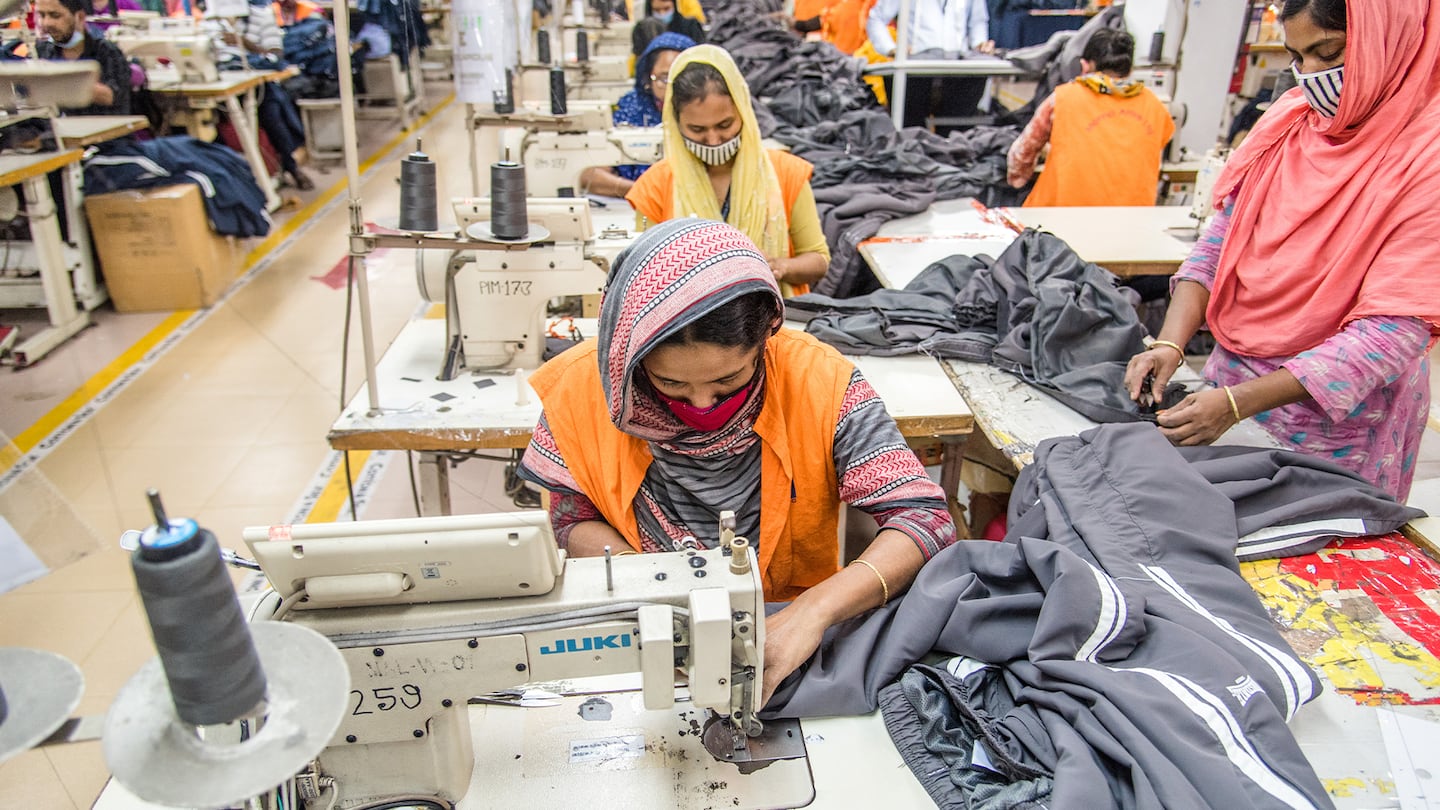
The Business of Fashion
Agenda-setting intelligence, analysis and advice for the global fashion community.

Agenda-setting intelligence, analysis and advice for the global fashion community.

When Rana Plaza collapsed 10 years ago, killing 1,134 workers in Bangladesh and injuring thousands more, it cast a dreadful spotlight on critical safety failings in fashion’s supply chains.
In the wake of the disaster, hundreds of brands signed onto a groundbreaking, legally binding safety agreement with unions that helped improve conditions at thousands of factories in Bangladesh. But elsewhere, little has changed; the garment business is still dangerous for those on the factory floor.
Last year, 580 people working in garment factories were injured, and another 64 died, according to data from news reports collected by the labour advocacy group Clean Clothes Campaign. In the first four months of 2023, 70 workers were injured, and 22 died, the data showed. For the most part, it’s not that apparel manufacturing is inherently dangerous, but rather that safety failings allow for preventable accidents like fires and boiler explosions.
Safety risks for the apparel sector in major manufacturing hubs like Bangladesh, India and Pakistan are still considered extreme, according to risk consultancy Verisk Maplecroft.
ADVERTISEMENT
For years brands have said they’re committed to ensuring worker safety, even as fashion has become faster and cheaper.
The result is a disjointed supply chain structure under constant strain from intense price pressure. Many brands outsource production to manufacturers in several countries, making it more difficult to monitor safety standards. Subcontracting is common, adding another layer of opacity.
Efforts to address these challenges largely rely on private auditing systems and voluntary codes of conduct developed in the wake of a series of sweatshop scandals in the ‘90s. Labour groups say the model has little progress to show after more than 20 years of operation.
“Apparel brands cannot be relied upon to police themselves when it comes to working conditions,” Teresa Haas, director of global strategies at Worker’s United, a cross-disciplinary labour union in the United States, told Business of Fashion in an email.
Even in countries that are considered less risky, garment workers routinely face unsafe conditions, according to labour advocacy groups.
In Los Angeles, where most of America’s apparel factories are located, efforts by some factory owners to skirt new worker protections have made safety infringements more likely in some cases, said Jonathan Coleman, communications director for LA-based campaign group Garment Worker’s Centre.
“Garment workers being forced to work in dangerous conditions is still common,” said Coleman, pointing to increased reports of locked factory doors — a significant fire hazard — “as some factory owners attempt to go deeper underground.”
For brands, failing to address fashion’s safety shortfalls is getting riskier. New regulations in places like California and Germany have stepped up brands’ accountability for working conditions in their manufacturers. More legislation requiring companies to monitor and address labour abuses in their supply chains is in the works in the European Union and the US.
ADVERTISEMENT
Even without more regulation, high-profile, social-media-savvy activist campaigns are a growing reputational hazard for companies that don’t act. For instance, advocacy groups like Fashion Revolution and Remake have targeted brands that have yet to join efforts to expand the landmark safety agreement struck in the aftermath of the Rana Plaza internationally.
Investors are stepping up the pressure, too. Earlier this month, a coalition of 192 global institutional investors representing $1.3 trillion in assets under management put out a statement calling on apparel brands to strengthen their human rights due diligence.
Beyond the ethical obligations that brands have to their workers, safety is a business issue, said Rev. David Schilling, senior advisor on human rights at the Interfaith Centre on Corporate Responsibility, the investor coalition that led the call.
“There are huge risks, not just reputational ones,” he said. “Money is on the table.”
 Opens in new window
Opens in new windowA cluster of high-profile scandals over working conditions have revealed the extent to which fashion’s efforts to improve standards in its supply chain are failing. Here’s how things need to change.
Whipsawing consumer demand is squeezing fashion suppliers and their workers in countries like Bangladesh, Sarah Kent reports from Dhaka.
Activists and regulators are dialling up scrutiny on brands after fragile protections for garment workers collapsed under pandemic stress.
Fashion’s biggest sustainable cotton certifier said it found no evidence of non-compliance at farms covered by its standard, but acknowledged weaknesses in its monitoring approach.
As they move to protect their intellectual property, big brands are coming into conflict with a growing class of up-and-coming designers working with refashioned designer gear.
The industry needs to ditch its reliance on fossil-fuel-based materials like polyester in order to meet climate targets, according to a new report from Textile Exchange.
Cotton linked to environmental and human rights abuses in Brazil is leaking into the supply chains of major fashion brands, a new investigation has found, prompting Zara-owner Inditex to send a scathing rebuke to the industry’s biggest sustainable cotton certifier.